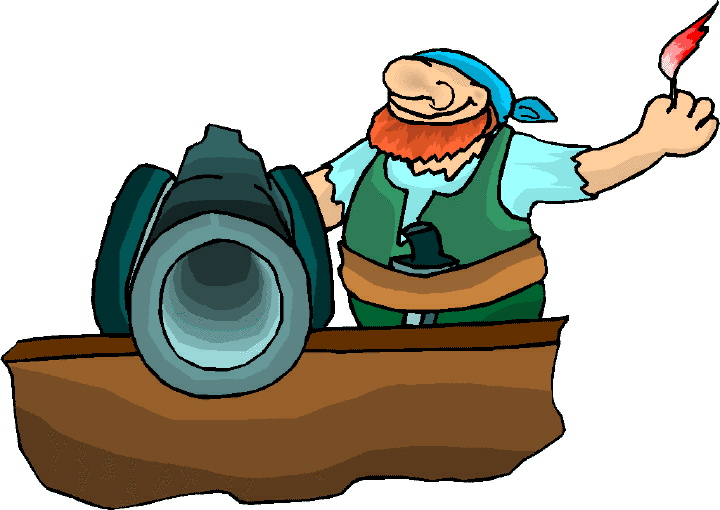 Pirates and Privateers Pirates and Privateers
The History of Maritime
Piracy
Cindy Vallar, Editor
& Reviewer
P.O. Box 425,
Keller, TX 76244-0425
    
Books for
Adults ~ Ships & Sailing

The History of Navigation
by Dag Pike
Pen & Sword, 2018, ISBN 978-1-52673-169-2, US $42.95
/ UK £25.00
Also available in other formats
review by Irwin Bryan
    
This book
is as much a history of voyaging by sea as it is a
history of navigation. It is a story of the early
limitations of vessels and their sailing qualities,
later developments in shipping construction, and the
types and manner of sails used. Also, it is a story
of exploration, which leads to the expansion of
trade from nearby shores to foreign lands.
The earliest history of travelling by sea saw
different cultures in separate parts of the world
designing different vessels and techniques to arrive
at their destinations. Polynesians populated many
islands of the Pacific using outrigger canoes and
taught successive generations of navigators their
secrets in words and songs. Early Chinese built
large vessels powered by many rowers to travel the
Indian and Pacific Oceans. Vikings made strong
narrow vessels to deal with the tumultuous North
Sea, while Mediterranean civilizations had
relatively calmer waters near their shores and built
less-sturdy vessels. Early travelers followed the
coasts using readily identifiable headlands or
landmarks to keep track of their location and
progress. Staying close to shore risked running
aground in shallow waters with uncharted obstacles.
The first navigators used a sounding-rod to check
water depths.
One persistent theme in this text is the continual
improvement of the methods and tools a navigator has
for use and how once these are the best they can be,
they become obsolete thanks to a change in voyaging
or a new way to navigate. The sounding-rod becomes a
lead-line thrown by hand. Later developments include
machines to drop the line, reel it in, and determine
the depth. The invention of echo-sounding, or sonar,
measures depths by sending radio signals to the
bottom and measuring how long it takes the sound to
return to calculate the depth.
Use of a compass created a way to steer a vessel on
a course. This was important for ships travelling
away from a coastline to a foreign shore, across the
Mediterranean Sea or English Channel. The earliest
compasses were magnetized needles floating on corks.
It wasn’t until the 19th century that a standardized
compass card divided by 360 degrees was part of the
compass and had thirty-six named points, or courses,
to steer.
When the weather was too cloudy for a star or sun
measurement, being able to track which direction a
vessel was steered, along with the vessel’s speed,
enabled a navigator to determine his position by
“dead-reckoning.” A log-line was thrown behind a
ship and timed to see how much line uncoiled to
calculate the speed. Later improvements continued
until propeller revolutions provided the ship’s
speed. Inertial navigation made all these tools
obsolete.
The more recent advances in GPS and autonomous
shipping are discussed, as are modern-day concerns
about navigators not looking out the window. They
are lulled into complacency by not having a reason
to doubt what the displays say. As a career sailor
and accomplished navigator, the author provides
anecdotal experiences to further explain this
critical function.
The text is informative and entertaining, with
references to guiding planes also included. There
are black-&-white pictures and charts throughout
the book and an inset of color photographs showing
many of the tools discussed. A detailed index is
included as well.
If you want to know how ships carry most of the
world’s goods and many vacationing people to their
destinations, this is an excellent book for
enlightenment. If you want to know how navigators
are able to determine their positions before
computers and electronics come into use, but you
don’t want to use a slide-rule or calculator, this
book has all the answers you need. Finally, if you
want to understand what is important for the
navigator to know in any type of vessel, this is a
great book to be your guide.
Review
Copyright ©2019 Irwin Bryan

Click to contact me
Background image compliments
of Anke's Graphics |

